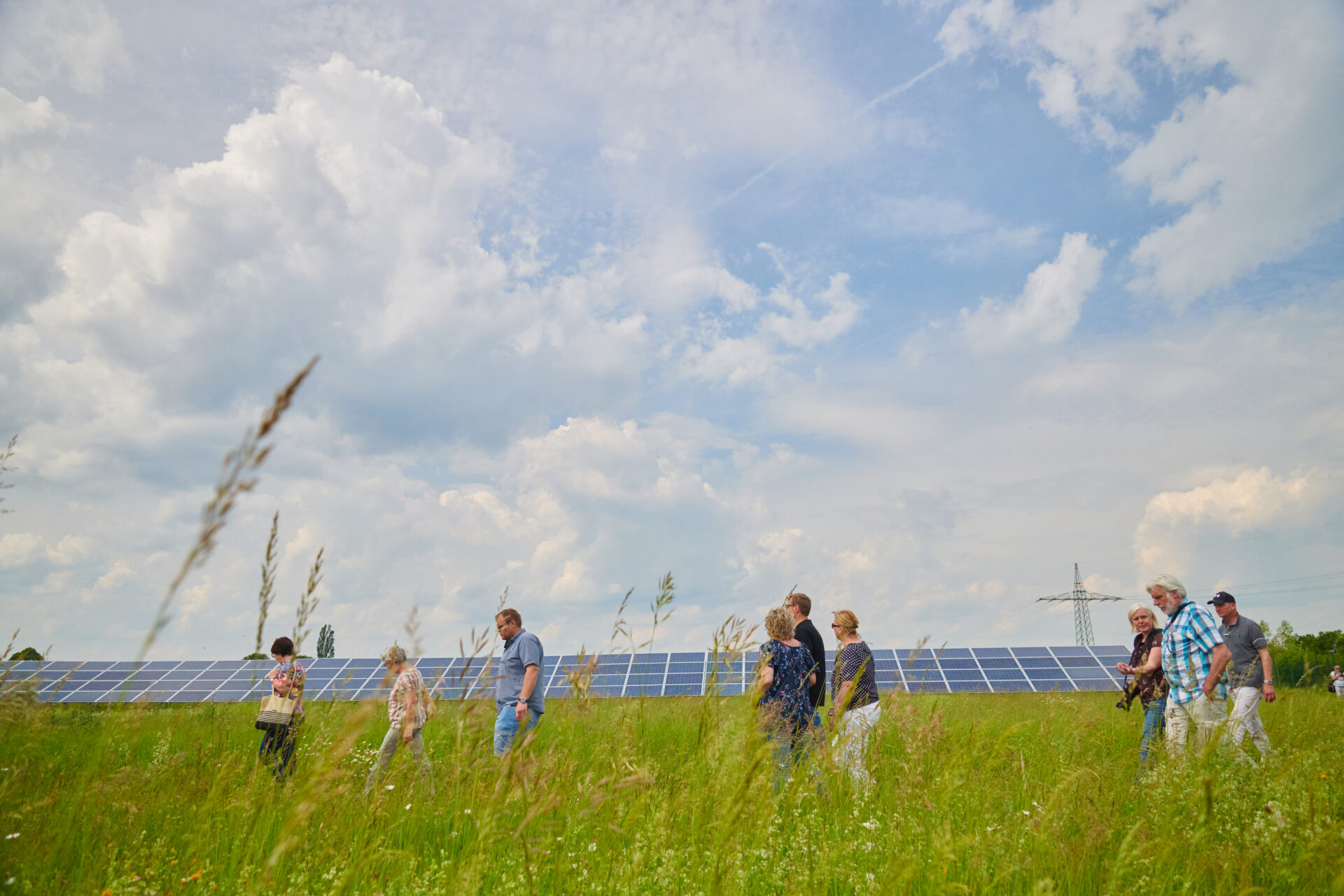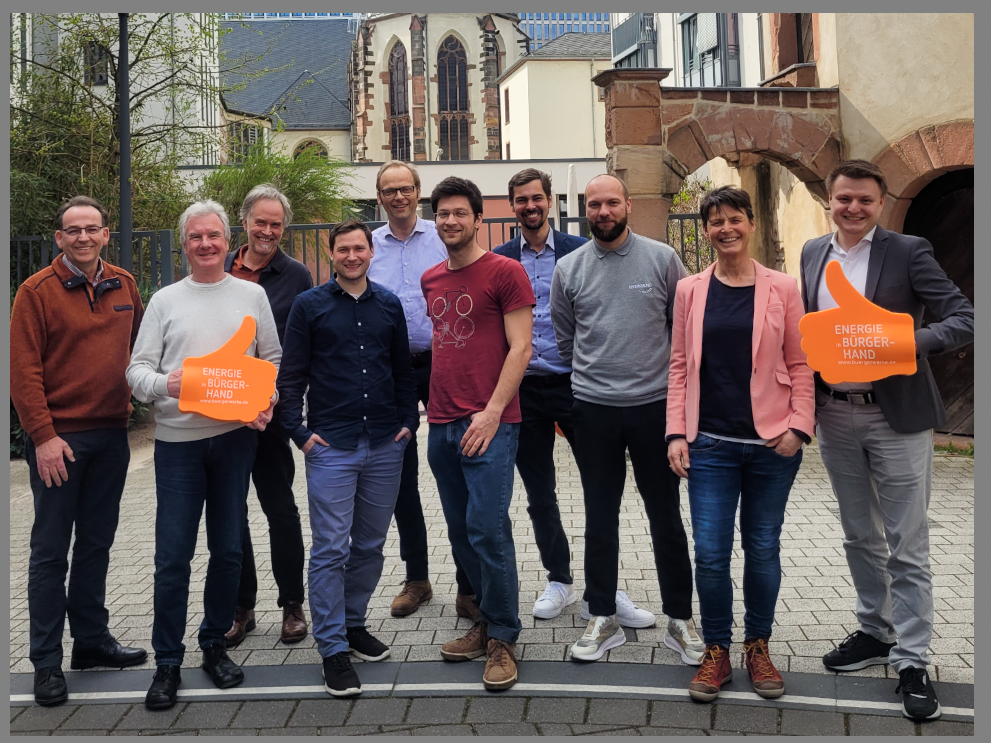What added value is created for municipalities?
Municipal value creation can be summarised as various socio-economic benefits for municipalities and regions from renewable energy generation plants. In concrete terms, this means that a municipality benefits directly from decentralised and climate-friendly electricity generation at its location if key steps in the value chain can be established in the region when a renewable energy plant is built. It should be noted that the main part of the added value is generated less by the actual installation of the plant and more by its operation over a period of 15 to 20 years. In addition to the purely financial aspects, the concept of added value also includes other positive effects, both in terms of creating or maintaining local jobs and with regard to regional nature conservation. These positive effects of municipal value creation are presented below in an overview.
Financial gains for local stakeholders
Municipalities
- Municipal tax revenue: specifically (net) trade tax on company profits, municipal share of income tax and flat-rate withholding tax. Tax revenues increase the financial scope of a municipality, enabling it to make its own location more attractive for existing and new residents by investing in infrastructure, etc.
- Municipal lease income if a ground-mounted photovoltaic system (ground-mounted PV system) is erected on municipal land.
- Municipal participation.
The company
- Company profits through participation in the planning, construction and/or maintenance activities of the respective system.
- Possible business areas of the actors involved in system operation: expert opinions, system financing, insurance, meter rental, installation, maintenance, servicing and inspection, green maintenance, leasing, tax advice and system operation in the narrower sense.
Citizens
- Salaries paid to employees of local renewable energy companies increase both local purchasing power and identification with the project and thus acceptance of this type of energy generation among the local population.
- Tax revenues also indirectly benefit local citizens. This is particularly the case when local infrastructure is expanded or improved, daycare places are created and construction work is carried out on municipal facilities such as swimming pools.
- Direct participation models for local citizens, for example by setting up a co-operative that is directly involved in plant operation and enables annual profit distributions to members and new investments.
- Local (and preferably subsidised) citizen electricity tariffs, direct supply (e.g. energy sharing models) and integration of the system into the landscape increase understanding and acceptance of the solar park.
Non-monetary gains for the municipality
Nature conservation
- Positive side effects for biodiversity have an impact on nature conservation and the landscape quality of the region, especially if "copycat projects" follow.
- Biological upgrading of previously intensively utilised (agricultural) areas can lead to an improvement in soil quality for a later renewed agricultural area.
- Extensive land use prevents increasing land sealing.
- Nature conservation support during the construction of a solar park in cooperation with local environmental protection stakeholders can lead to increased awareness of environmental protection and nature conservation in the community.
Gaining information on the energy transition
- An on-site installation provides residents with information they can experience directly.
- Transparent planning processes, media support during the planning and construction phases and accessible information material on the completed plant can create added value for local people's understanding of renewable energy plants.






